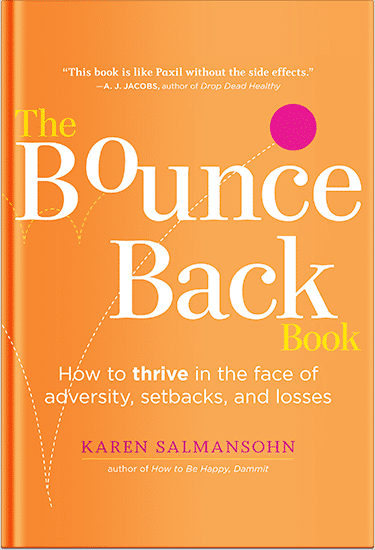 Every year, millions leave money on the table simply by overlooking available tax credits. These credits can significantly reduce what’s owed to the IRS or increase refunds. Knowing where to look and what applies makes all the difference. This article explores how to uncover the tax breaks that often go unnoticed.
Every year, millions leave money on the table simply by overlooking available tax credits. These credits can significantly reduce what’s owed to the IRS or increase refunds. Knowing where to look and what applies makes all the difference. This article explores how to uncover the tax breaks that often go unnoticed.
1. Understand the Basics of Tax Credits
Tax credits cut the tax bill directly, while deductions only reduce taxable income. There are two types: refundable and non-refundable. One example of a helpful platform that aims to connect people with missed tax credits is WorkMoney. A common question people ask is: Is WorkMoney Legit? It offers tools and support to help users find credits they might miss. Understanding the difference between credit types helps when reviewing potential benefits.
Several well-known plans include the Earned Income Tax Credit (EITC), Child Tax Credit, and education credits. Many overlook credits simply because they assume they don’t qualify. For instance, part-time workers or those who were unemployed for part of the year might still meet requirements. Taking a few extra steps often leads to more savings.
2. Check Eligibility for Family-Related Plans
Parents and caregivers often qualify for multiple credits. The Child Tax Credit is common but not automatic. Qualification depends on income, the child’s age, and other factors. Another often-missed benefit is the Child and Dependent Care Credit. This helps offset costs for daycare or after-school care.
Adoptive parents or those supporting other dependents, like elderly relatives, might be eligible for the Credit for Other Dependents. Plans like these don’t just apply to traditional families. Many single parents or guardians qualify as well. A little research goes a long way in finding opportunities. Take time to review forms or use online tools designed to spot overlooked credits.
3. Look Into Education and Work-Related Schemes
Anyone paying for higher education or job training could qualify for specific schemes. The American Opportunity Credit is for undergraduate students, while the Lifetime Learning Credit can be applied to anyone taking courses. Even adults returning to school may qualify. Work-related education expenses might also lead to deductions or credits, especially if required for a current job.
Those who recently started a new job or moved for work may qualify for different tax benefits. Schemes tied to low income or work expenses, like EITC, can be overlooked by first-time filers. Tracking expenses such as certification fees or job-related travel is also helpful. Always check for new updates each year, as rules can change.
4. Choose a Legitimate Resource for Support
A legitimate resource should explain each credit clearly, without hidden fees. Reading reviews, looking for transparency, and seeing who stands behind the service is essential.
Common Signs of a Legitimate Tax Help Site:
- Clear breakdown of available plans
- No surprise fees after starting the process
- Updated tools that reflect the latest IRS rules
- Verified user reviews or testimonials
- Easy access to support and guidance
Look for resources that update regularly and follow IRS changes. Being cautious leads to better results during tax time.
5. Consider Energy, Health, and Retirement Credits
Homeowners may qualify for energy tax credits. Installing solar panels, new windows, or energy-efficient systems often comes with savings. The IRS offers schemes for improvements that reduce energy use.
These benefits apply even to modest upgrades like insulation or thermostats. Renters may also qualify if certain appliances are upgraded. Health-related credits include those tied to insurance premiums or long-term care.
Missing out on tax plans means passing up money that could help with bills or savings. Checking reputable tools like Workmoney and asking questions like Is WorkMoney Legit is part of choosing the right support. Relying on credible resources makes a real difference. Many people qualify for credits without realizing it. Take time each year to review available options.
P.S. Before you zip off to your next Internet pit stop, check out these 2 game changers below - that could dramatically upscale your life.
1. Check Out My Book On Enjoying A Well-Lived Life: It’s called "Your To Die For Life: How to Maximize Joy and Minimize Regret Before Your Time Runs Out." Think of it as your life’s manual to cranking up the volume on joy, meaning, and connection. Learn more here.
2. Life Review Therapy - What if you could get a clear picture of where you are versus where you want to be, and find out exactly why you’re not there yet? That’s what Life Review Therapy is all about.. If you’re serious about transforming your life, let’s talk. Learn more HERE.
Think happier. Think calmer.
Think about subscribing for free weekly tools here.
No SPAM, ever! Read the Privacy Policy for more information.
One last step!
Please go to your inbox and click the confirmation link we just emailed you so you can start to get your free weekly NotSalmon Happiness Tools! Plus, you’ll immediately receive a chunklette of Karen’s bestselling Bounce Back Book!


 Every year, millions leave money on the table simply by overlooking available tax credits. These credits can significantly
Every year, millions leave money on the table simply by overlooking available tax credits. These credits can significantly 